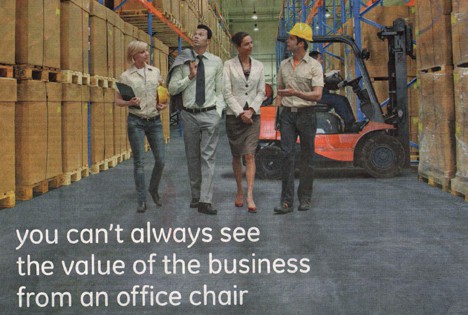On 18 March 2010, the last sitting day of that session of Australia’s Parliament, Labor Member of Parliament , Bill Shorten, spoke about workplace bullying and the OHS prosecutions that stemmed from the bullying and suicide of Brodie Panlock. Some of his short speech rehashed details of the workplace bullying prosecutions but, according to the draft of Hansard (page 93), Shorten made some useful remarks:
“I rise to speak on the issue of workplace bullying. We would not think it was acceptable for people to come to work and be exposed to asbestos or toxic chemicals. We should not think, therefore, that it is appropriate for them to be exposed to the toxic behaviour that is sustained and malicious bullying. I believe that this kind of bullying is something which can be eradicated. We have changed attitudes on smoking in the workplace and on sexual harassment; there is no reason why we cannot eliminate forever bullying in the workplace.
Bullying is an absence of kindness and Continue reading “Australian MP mentions workplace bullying but is short on practical controls”

